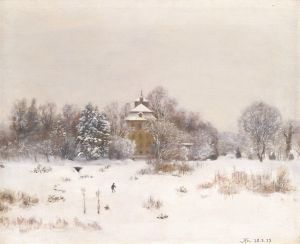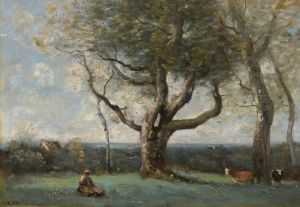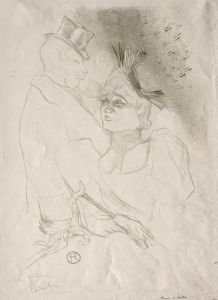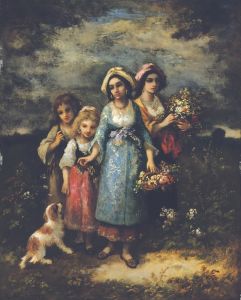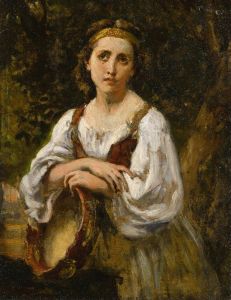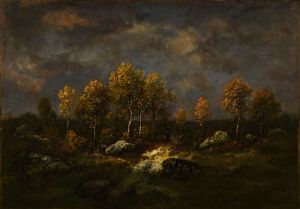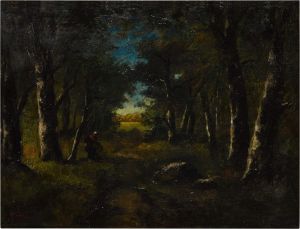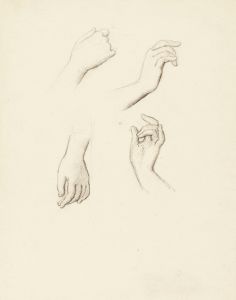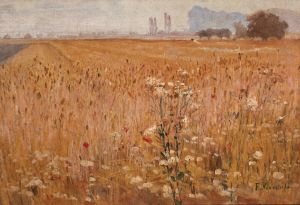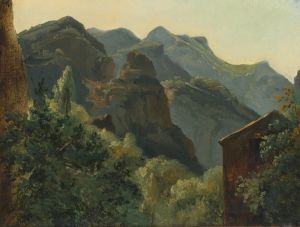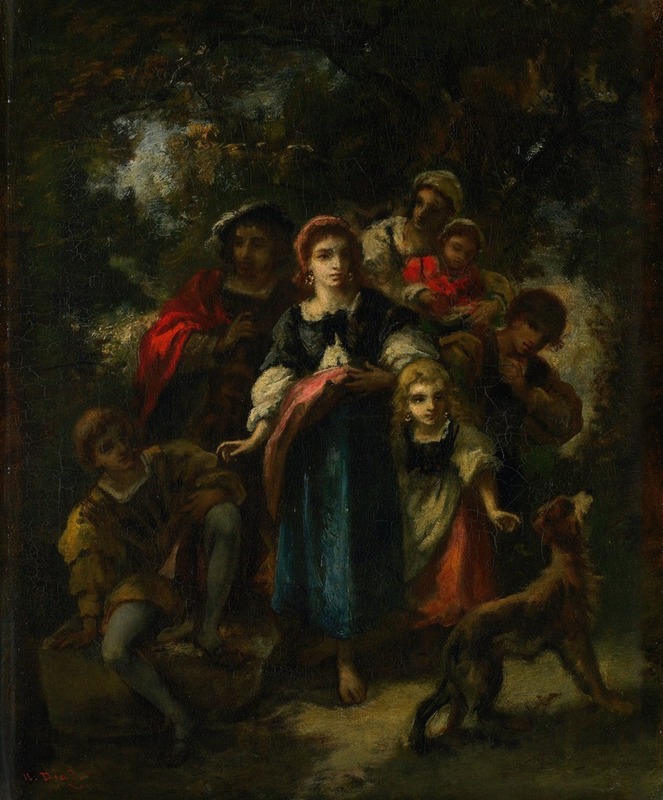
Descent of the Bohemians
A hand-painted replica of Narcisse-Virgile Diaz de La Peña’s masterpiece Descent of the Bohemians, meticulously crafted by professional artists to capture the true essence of the original. Each piece is created with museum-quality canvas and rare mineral pigments, carefully painted by experienced artists with delicate brushstrokes and rich, layered colors to perfectly recreate the texture of the original artwork. Unlike machine-printed reproductions, this hand-painted version brings the painting to life, infused with the artist’s emotions and skill in every stroke. Whether for personal collection or home decoration, it instantly elevates the artistic atmosphere of any space.
Narcisse-Virgile Diaz de la Peña was a prominent 19th-century French painter associated with the Barbizon School, a movement that emphasized naturalism and the depiction of rural landscapes. One of his notable works is "Descent of the Bohemians," a painting that captures the essence of his artistic style and thematic interests.
"Descent of the Bohemians" is a vivid representation of Diaz de la Peña's fascination with the romantic and exotic aspects of life. The painting depicts a group of Bohemians, often associated with a nomadic lifestyle, descending through a landscape. This subject matter reflects the 19th-century European interest in the Romani people, who were often romanticized in art and literature as free-spirited and unbound by the conventions of society.
Diaz de la Peña's work is characterized by its rich color palette and expressive brushwork, both of which are evident in "Descent of the Bohemians." The painting likely features lush, vibrant colors that bring the scene to life, a hallmark of Diaz's style. His use of color and light often imbues his landscapes and figures with a sense of warmth and vitality, drawing the viewer into the scene.
The Barbizon School, with which Diaz de la Peña was associated, was known for its focus on painting en plein air, or outdoors, to capture the natural light and atmosphere of the landscape. While "Descent of the Bohemians" may not be a pure landscape painting, it likely incorporates elements of the natural environment, reflecting the artist's commitment to depicting the world with authenticity and immediacy.
Diaz de la Peña's interest in the Bohemian subject matter can also be seen as part of a broader 19th-century artistic trend that explored themes of exoticism and the "other." Artists of this period were often drawn to subjects that lay outside the bounds of conventional European society, and the Bohemians, with their perceived freedom and connection to nature, provided a rich source of inspiration.
While specific details about the composition and dimensions of "Descent of the Bohemians" are not widely documented, the painting is an example of Diaz de la Peña's ability to blend figure painting with landscape, creating a harmonious and evocative scene. His work often blurs the lines between reality and imagination, inviting viewers to engage with the painting on both an emotional and intellectual level.
Narcisse-Virgile Diaz de la Peña's contributions to the Barbizon School and his influence on later generations of artists are significant. His paintings, including "Descent of the Bohemians," continue to be appreciated for their beauty, technical skill, and the way they capture the spirit of an era that was both looking back to nature and forward to new artistic possibilities.





